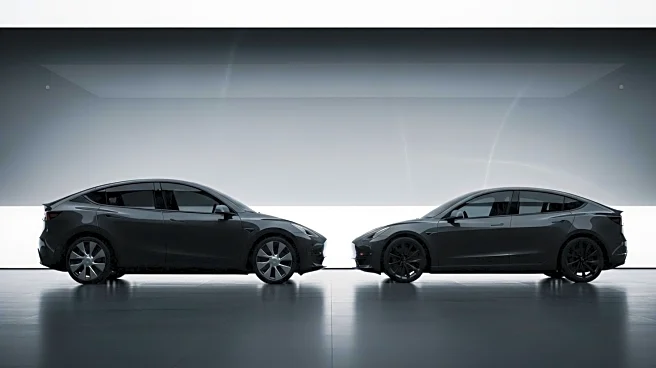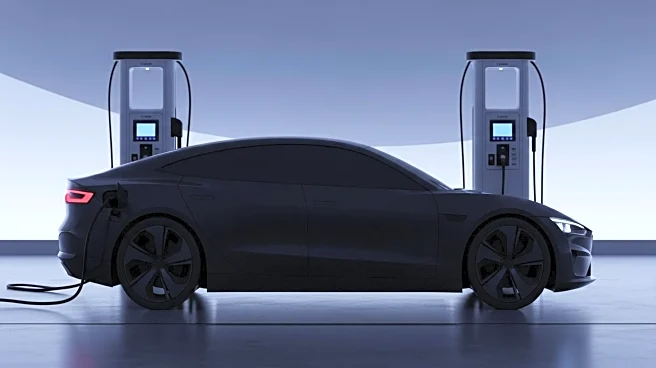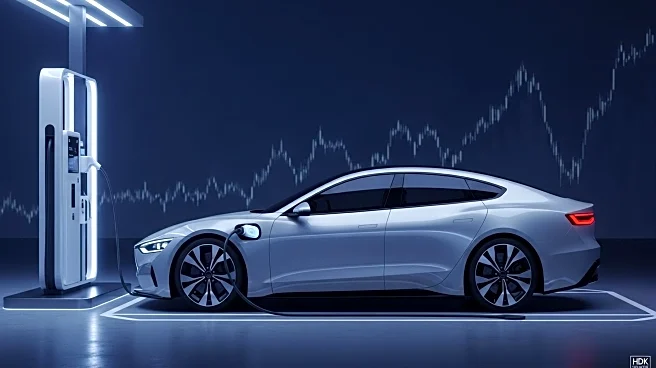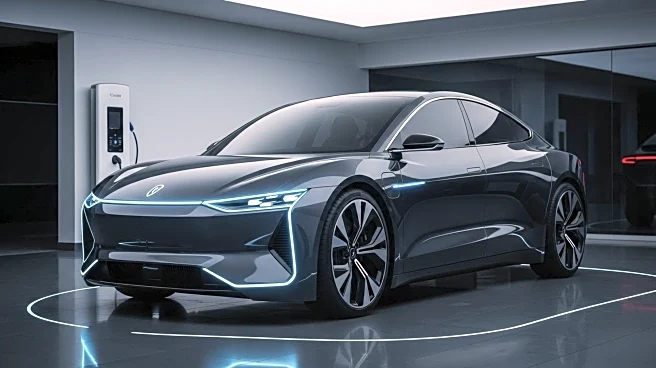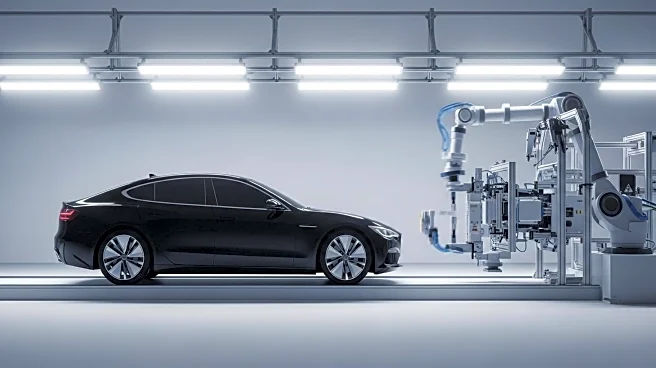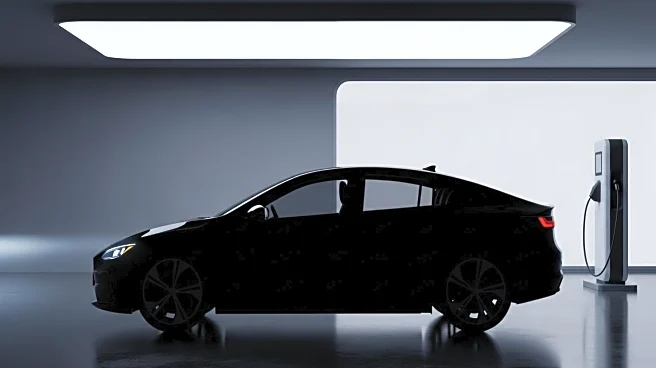What's Happening?
Recent weeks have seen a variety of price changes for electric vehicles (EVs) in the U.S. market. Notably, Tesla has reduced the prices of its Model 3 and Model Y, with several features removed, while Audi and Volvo have adjusted prices for their models.
The Audi Q4 e-tron and Sportback saw slight increases, while the Volvo EX30 experienced a significant price cut. These changes come as automakers respond to market dynamics, including the expiration of the EV tax credit, which has influenced pricing strategies.
Why It's Important?
The adjustments in EV pricing reflect the evolving landscape of the electric vehicle market in the U.S. As automakers navigate the expiration of the federal EV tax credit, they are recalibrating their pricing strategies to maintain competitiveness and consumer interest. Tesla's decision to de-content its models suggests a focus on affordability to attract a broader customer base. Meanwhile, legacy automakers like Cadillac are leveraging price reductions to boost their market share in the luxury EV segment. These changes could impact consumer purchasing decisions and influence the overall growth trajectory of the EV market.
What's Next?
As the U.S. EV market continues to evolve, automakers are likely to further adjust their pricing strategies in response to consumer demand and regulatory changes. The expiration of the EV tax credit may prompt manufacturers to explore alternative incentives to attract buyers. Additionally, the competitive dynamics among automakers could lead to innovations in vehicle features and technology to differentiate their offerings. The ongoing transition to electric vehicles will require manufacturers to balance affordability with technological advancements to sustain market growth.
Beyond the Headlines
The price changes in the EV market highlight broader trends in the automotive industry, including the shift towards electrification and the challenges of maintaining profitability amid regulatory changes. As automakers adjust their strategies, they must consider the long-term implications of pricing decisions on brand perception and consumer loyalty. The transition to electric vehicles also raises questions about infrastructure development, such as charging networks, and the role of government policies in supporting sustainable transportation solutions.



